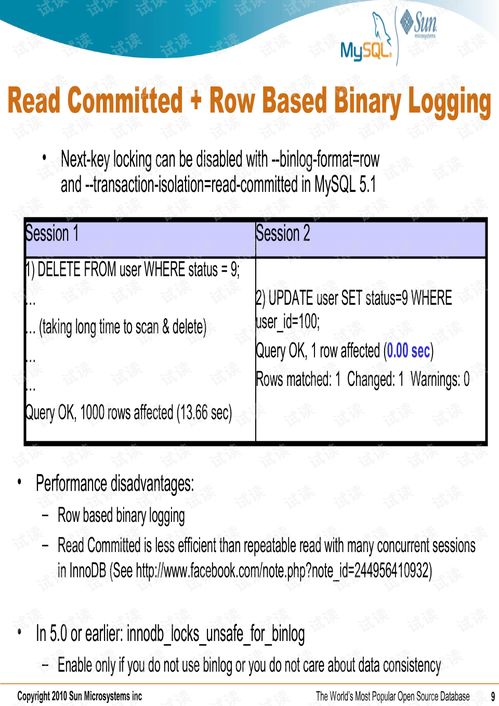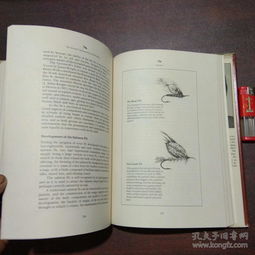Introduction:
Fishing is an age-old pastime that has captured the hearts of countless enthusiasts around the world. Whether it's the serene experience of being out on the water or the thrill of reeling in a big catch, there's something inherently satisfying about the art of fishing. If you're looking to introduce someone new to this wonderful hobby, here's a comprehensive guide on how to bring them into the world of fishing, complete with essential tips and a handy visual guide.
How to Bring Someone into the World of Fishing:
Choose the Right Gear:
- Rod and Reel: Start with a simple, lightweight spinning rod and reel. It's easier for beginners to handle and provides a balanced experience.
- Line: Use a monofilament line with a diameter of 6 to 8 pounds for freshwater fishing.
- Hooks: Small to medium-sized hooks (sizes 6 to 10) are suitable for most freshwater species.
- Bait or Lures: Live bait like worms or crickets, or artificial lures like spinners or spoons, can be effective.
Select the Perfect Location:

- Local Parks: Many local parks have fishing ponds or lakes where you can fish without a permit.
- Public Fishing Areas: Look for public fishing areas near you, often managed by state or local governments.
- Guided Trips: Consider a guided fishing trip for a more structured experience.
Teach Basic Techniques:
- Casting: Demonstrate the correct casting technique to prevent line tangles and improve accuracy.
- Tie Knots: Teach the basic fishing knots such as the improved clinch knot or the Palomar knot.
- Baiting the Hook: Show how to properly attach bait to the hook to ensure it stays on during the cast.
Understand the Basics of Fish Behavior:
- Timing: Fish are most active during dawn and dusk, but this can vary depending on the species.
- Water Conditions: Consider water temperature, clarity, and flow rate when choosing a spot to fish.
- Seasonal Patterns: Understand how fish behavior changes with the seasons to increase your chances of a catch.
Safety First:
- Water Safety: Always wear a life jacket, especially if you're on a boat or in deep water.
- First Aid: Have a basic first aid kit on hand for any minor injuries.
Visual Guide to Fishing Techniques:
[Here, insert a detailed visual guide that includes step-by-step illustrations of the following techniques: casting, knot tying, baiting the hook, and setting the hook.]
Step-by-Step Guide to Casting:
- Grip the Rod: Hold the rod with a comfortable grip, using the index finger and thumb to pinch the reel handle.
- Load the Reel: Make sure the line is properly loaded onto the spool and the reel is in the correct position for casting.
- Back-Cast: Point the rod tip away from you and pull the line back with your thumb and index finger, creating tension.
- Forward-Cast: With a quick motion, flick your wrist to release the line, allowing it to fly forward.
- Land the Line: Allow the line to land gently in the water, avoiding tangles.
Step-by-Step Guide to Knot Tying:
Improved Clinch Knot:
- Pass the Line Through the Loop: Take the end of the line and pass it through the loop you've formed with the standing line.
- Make a Loop: Take the end of the line and wrap it around the standing line five times.
- Tighten the Knot: Pull the end of the line to tighten the knot, then trim the excess line.
Palomar Knot:
- Pass the Line Through the Loop: Take the end of the line and pass it through the loop you've formed with the standing line.
- Form a Bight: Take the end of the line and create a small loop.
- Tie the Knot: Pass the end of the line through the loop you've just created, then pull the knot tight.
Conclusion:
Introducing someone to the art of fishing can be a rewarding experience for both you and the beginner. By providing the right gear, selecting a suitable location, teaching basic techniques, and ensuring safety, you can help make their first fishing trip an enjoyable one. Remember to have patience and encourage them to learn at their own pace. With time, they'll be casting like a pro and reeling in their first fish, just as you did. Happy fishing!












